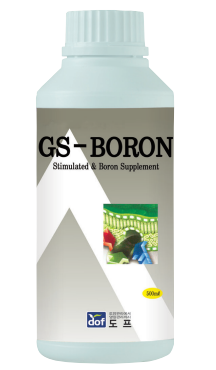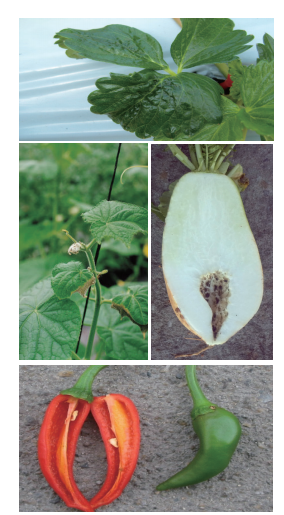Boron is one of the key micro nutrients for a plant to grow. Borax and boric acid are the
fertilizers used to provide boron to plants. Boron is absorbed as boric acids by plants,
while borax is a type of boric compounds, made by adding soda to boric acid.
Then, what is the best choice to supply boron, boric acid or borax?
The choice between boric acid and borax is dependent on acidity. Borax is an alkali
product, with a pH of 9, while boric acid is slightly acidic with a pH of 5. If you desire
an alkali state, you can use borax, or boric acid, if you want acidity. The content of
water-soluble boron is 56% in boric acid and 48% in borax. Therefore, as for the dose,
you may need to increase the dose by 12% when you use borax to match the dose in boric acid.

